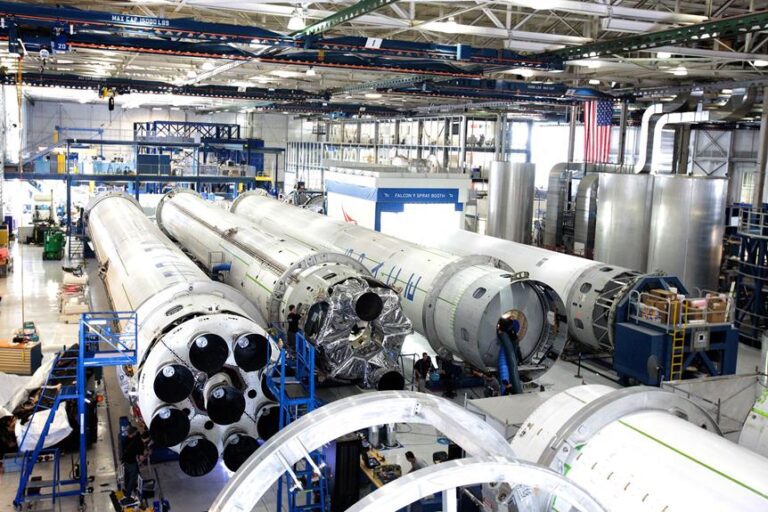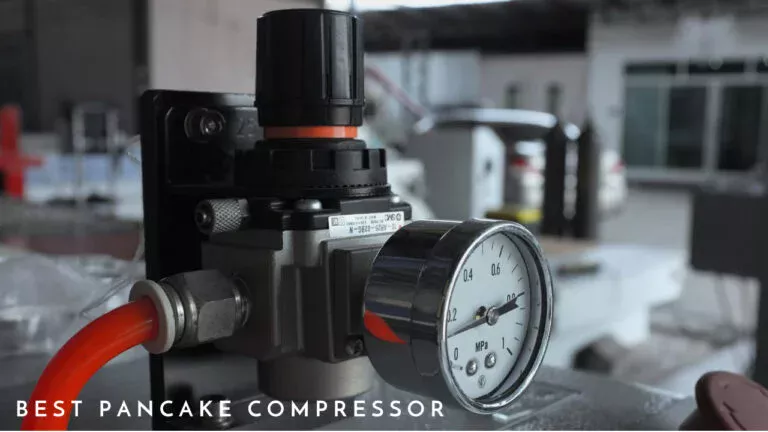Breathe Easy: Mastering Air Intake and Exhaust
Just as lungs fuel the body with oxygen, an automobile's air intake and exhaust systems breathe life into its performance. This article will ignite your understanding of the vital relationship between airflow and engine power. We'll deconstruct the process of upgrading your vehicle's air intake and exhaust systems, empowering you with the knowledge to unlock your car's hidden potential. Let's embark on this journey towards vehicular liberation together.
Key Takeaways
- Upgrading the air intake system improves engine performance
- Modifying the air intake system allows a higher volume of oxygen-rich air to flow into the engine
- Modifying the exhaust system reduces back pressure for smoother gas flow
- Upgrading the exhaust system reduces harmful emissions
Understanding the Basics of Air Intake and Exhaust Systems
In the realm of automotive engineering, understanding the basics of air intake and exhaust systems plays a pivotal role in optimizing vehicle performance and efficiency. Air intake and exhaust systems are fundamental to the engine's breathing process, analogous to the respiratory system in a living organism.
The functionality of an air intake system revolves around providing clean, cool air to the engine for combustion. Through air intake enhancement, the engine's performance can be significantly improved. This modification allows a higher volume of oxygen-rich air to flow into the engine, leading to more efficient combustion and increased power output.
Conversely, the exhaust system is tasked with efficiently disposing of the burnt gases and particles post-combustion. Exhaust system modification can reduce back pressure, facilitating a smoother and quicker path for the exhaust gases to escape. This not only improves engine efficiency but also enhances fuel economy and reduces harmful emissions.
Importance of Airflow in Engine Performance
Optimal airflow is crucial for peak engine performance, and without it, even the most advanced engines can fall short of their potential. Proper airflow allows for efficient combustion, the process by which fuel and air ignite to generate power. High-flow air filters can significantly enhance airflow and subsequently, engine performance.
Here's a simple comparison between standard and high-flow air filters:
| Standard Air Filters | High-Flow Air Filters | |
|---|---|---|
| Airflow | Restricted due to dense filter media | Enhanced due to less restrictive filter media |
| Performance | Adequate for normal driving conditions | Superior, especially for performance-oriented driving |
| Maintenance | Regular replacement | Extended life due to washable and reusable materials |
High-flow air filters allow a larger volume of air to enter the engine, leading to improved combustion and power output. They are washable and reusable, which not only makes them more economical but also more environmentally friendly.
Mastering the dynamics of air intake and exhaust systems is a liberating experience, allowing you to unlock the full potential of your vehicle's engine. With this understanding, we can now transition into the subsequent section about 'steps to upgrading your vehicle's air intake system'.
Steps to Upgrading Your Vehicle's Air Intake System
Understanding the intricacies of your vehicle's air intake system, and knowing how to judiciously upgrade it, is an imperative first step towards achieving enhanced engine performance. Here are the steps to effectively upgrade your vehicle's air intake system.
Firstly, thorough research is pivotal. Familiarize yourself with the specifications of your vehicle's engine, its existing air intake system, and how different components, such as the blow-off valve, function. This knowledge will empower you to select the best aftermarket air intake system that aligns with your engine characteristics.
Next, purchase the components needed for the upgrade. This includes an air intake tube, filter, mass air flow sensor, and a high-quality blow-off valve. Make sure these components are specifically designed for your vehicle model to ensure compatibility and optimal performance.
After acquiring the necessary components, proceed to the installation process. Although you can do the installation yourself, it is recommended to seek professional help to avoid potential damage to your vehicle's engine.
Lastly, after the installation, conduct performance tests to verify the effectiveness of the upgrade. The results should indicate improved throttle response, increased horsepower, and better fuel efficiency.
Detailed Guide to Enhancing Your Car's Exhaust System
Delving into the realm of car exhaust systems, we will provide a comprehensive guide on how to enhance your vehicle's exhaust system for maximum performance and efficiency. An essential component to upgrade is the performance headers, which are the initial point of exhaust gas's journey out of your vehicle. Performance headers are designed to reduce back pressure and increase exhaust flow, thus improving engine efficiency and power.
| Component | Description |
|---|---|
| Performance Headers | Designed to reduce back pressure and increase exhaust flow |
| Catalytic Converter | Converts harmful byproducts of combustion into less harmful substances |
| Exhaust Pipe | Transports the exhaust gases and other emissions out of the vehicle |
Investing in a high-quality catalytic converter can further improve engine performance by efficiently converting harmful byproducts of combustion into less harmful substances. The exhaust pipe, while often overlooked, is pivotal to the overall exhaust system; a larger diameter pipe can reduce pressure and increase output.
Realizing the Power Potential With Intake and Exhaust Modifications
How effectively can one realize the power potential of their vehicle through strategic intake and exhaust modifications? Quite significantly, as it turns out. By optimizing the flow of air in and out of the engine, you can unlock latent power that may be stifled by stock components.
The key lies in enhancing the efficiency of the engine's respiratory function. The intake system draws in cool, fresh air, which mixes with fuel in the cylinders to create combustion. Improving the intake can mean installing a cold air intake or high-performance air filter, which allows for a greater volume of cooler, denser air to enter the engine, thus enhancing combustion efficiency.
On the other hand, the exhaust system expels waste gases produced during combustion. Upgrading this can mean implementing a high-flow exhaust system or performance headers, which reduces backpressure and speeds up the evacuation of exhaust gases.
The result of these modifications is a more efficient, powerful engine. But remember, while these modifications can increase horsepower and torque, it's essential to balance them with other factors such as fuel efficiency and emission standards to ensure a well-rounded performance. Thus, one can indeed realize significant power potential through strategic intake and exhaust modifications.
Frequently Asked Questions
What Are the Potential Risks Associated With Modifying Your Vehicle's Air Intake and Exhaust System?
Modifying your vehicle's air intake and exhaust system carries potential risks including reduced fuel efficiency, engine damage due to altered air-fuel ratio, voided warranties, and potential non-compliance with environmental regulations.
Can Upgrading the Air Intake and Exhaust System Improve Fuel Efficiency?
Yes, upgrading the air intake and exhaust system can improve fuel efficiency. Greater airflow allows the engine to burn fuel more efficiently, resulting in less fuel consumption and improved overall vehicle performance.
How Often Should Maintenance Be Performed on a Modified Air Intake and Exhaust System?
Regular maintenance on a modified air intake and exhaust system should be performed every 12,000 to 15,000 miles. However, frequency may vary depending on the specific modification and the manufacturer's recommendations.
Are Certain Car Models More Suitable for Air Intake and Exhaust System Modifications Than Others?
Yes, certain car models are more suitable for air intake and exhaust system modifications. Typically, high-performance vehicles benefit the most, as modifications can optimize airflow, enhancing engine efficiency and overall vehicle performance.
Is It Legal to Modify Your Vehicle's Air Intake and Exhaust System in All States?
Legality of modifying a vehicle's air intake and exhaust system varies by state due to differing emission regulations. It's essential to check local laws to ensure compliance before making such alterations to your vehicle.
Conclusion
In conclusion, mastering the mechanics of air intake and exhaust systems can notably enhance a vehicle's performance. With careful modifications, one can unlock considerable power potential hidden within the engine. This not only improves the vehicle's efficiency but also extends its lifespan. Hence, understanding and tweaking these systems proves to be an indispensable skill for any performance-oriented vehicle owner.







